The much-anticipated amendments to laws governing renewable energy development in New South Wales (NSW) unveiled on Friday are effectively cutting planning red tape for rooftop solar and grid-scale battery storage projects. The planning changes are good news for both individual consumers and transmission and distribution network owners allowing for greater flexibility and innovation in the state’s growing renewable energy sector.
The amendments to the State Environmental Planning Policy (Infrastructure) 2007 will allow larger-scale solar systems to be installed on homes and commercial buildings without council approval, enable utility providers to construct electricity storage as part of improvement works to transmission and distribution networks, and allow for large-scale battery storage systems to be built in permitted zones across NSW and not only in close proximity of solar and wind farms, as it was the case till now.
Energy Minister Matt Kean said the changes are great news for customers and the industry, and will help support new energy generation projects funded through the NSW Governments $75 million Emerging Energy Program. Originally launched in 2018, the program is designed to support the commercialization of large-scale, dispatchable energy projects.
“NSW residents are embracing renewable energy with about 490,000 homes and small businesses saving money on their energy bills by installing small-scale solar, and these amendments will support this trend to continue,” Kean said. “Over the past five years, wind and solar electricity generation has almost tripled. These planning changes are an important next step to help innovative electricity projects like big batteries, higher capacity solar and wind come online sooner and lower energy bills.”
Since NSW lags behinds other states in the uptake of grid-scale batteries, the new amendments may pave the way to the state’s first big battery. The pipeline of projects taking shape under the government’s Emerging Energy Program is certainly huge. The NSW government is looking at 14 big batteries out of 31 dispatchable electricity projects that have been awarded funding.
For instance, one of the shortlisted projects is a 50 MW battery at AGL’s 53 MW Broken Hill Solar Farm, one of the five solar generators that had had their output cut in half for the last seven months and started producing at full potential again on Friday. Other utility-scale batteries proposed to be collocated with existing wind or solar farms include Maoeng’s 50 MW Sunraysia solar battery, Edify Energy’s 25 MW Darlington solar battery, and CWP Renewables’ 30 MW Sapphire wind battery, which will be part of a renewable energy hub with an approved solar component.
But this is a significant development for all battery projects also outside of the Emerging Energy Program. One of the biggest plans was unveiled by AGL last year when it contracted Maoneng to build four large-scale batteries in NSW, each 50 MW/100 MWh in size. Australia’s biggest power producer has already hailed “the dawn of the battery age”, and has also signed up to Queensland’s biggest battery with an initial capacity of 100 MW and store 150 MWh of energy. This battery stands a chance of becoming Australia’s biggest provided Vena Energy goes ahead with its plans to develop its Wandoan South Project, featuring 1000 MW of solar PV and 450 MW of energy storage.
Planning and Public Spaces Minister Rob Stokes said the change was a further example of the NSW Government’s commitment to provide an affordable, reliable and sustainable energy network, and support the roll-out of cost-effective, low-emission technologies. “Our planning system plays a key role in enabling investment in innovative renewable energy projects right across the state,” Stokes said. “These changes ensure planning requirements are aligned with advances in technology, and enable emerging energy projects to progress through the planning system more efficiently.”
Rooftop PV stimulus
Issued in 2007, the State Environmental Planning Policy had a lot of catching up to do with the rapidly evolving renewable energy technologies, since it previously did not address batteries and applied thresholds and upper limits for rooftop PV based on old capacities. Today, rooftop panels can produce far more electricity from a smaller area, making the capacity thresholds for exempt (10kW) and complying development (10kW – 100kW) obsolete. The upper limit also applied to systems above 100 kW in residential zones or installed by or on behalf of a public authority on any land.
Under the changes, those rules have been relaxed in a bid to encourage the uptake of low-carbon technologies as part of the economic recovery from the Covid-19 shutdown. “Making it easier for NSW residents to expand their solar systems is a good step to stimulate the small-scale solar industry, while helping households slash their bills even further,” said Ellen Roberts, Solar Citizens’ National Director said on Friday. “While more people are working from home and using electricity during the day, rooftop solar has an important role to play to keep electricity bills manageable.”
For solar households, Covid-19 conditions, have actually translated into bigger savings on their electricity bills than before. Solar Analytics, a smart-monitoring company that helps rooftop PV owners manage their energy consumption and solar generation, has found that energy consumption in households due to Covid-19 confinement is up only slightly, if at all, while the onsite consumption of free solar power in these households is up dramatically.
Analyzing its network of 35,000 solar sites, the company found that 20% have increased their self-consumption by 20%. This could mean an estimated saving of an extra $62 quarterly. The situation is even better for 10% of households that have increased their free solar self-consumption by at least 37% compared to the beginning of March. Their consumption pattern translates to an extra $1.70 in savings per day (based on average tariffs), or a further $153 in savings over three months, Solar Analytics finds.
The new amendments are also welcome news for the entire small-scale solar industry, which currently employs 13,000 people across the country, according to ABS data released last month. A survey carried out by Green Energy Markets and pv magazine Australia in April showed that many in the rooftop PV industry were doing it tough faced with the Covid-19-induced economic slowdown. Around 50% of respondents revealed that they have seen customer inquiries decline by between 25%-50%, with a further 20% reporting that new leads have dried up completely, the survey found.
This content is protected by copyright and may not be reused. If you want to cooperate with us and would like to reuse some of our content, please contact: editors@pv-magazine.com.

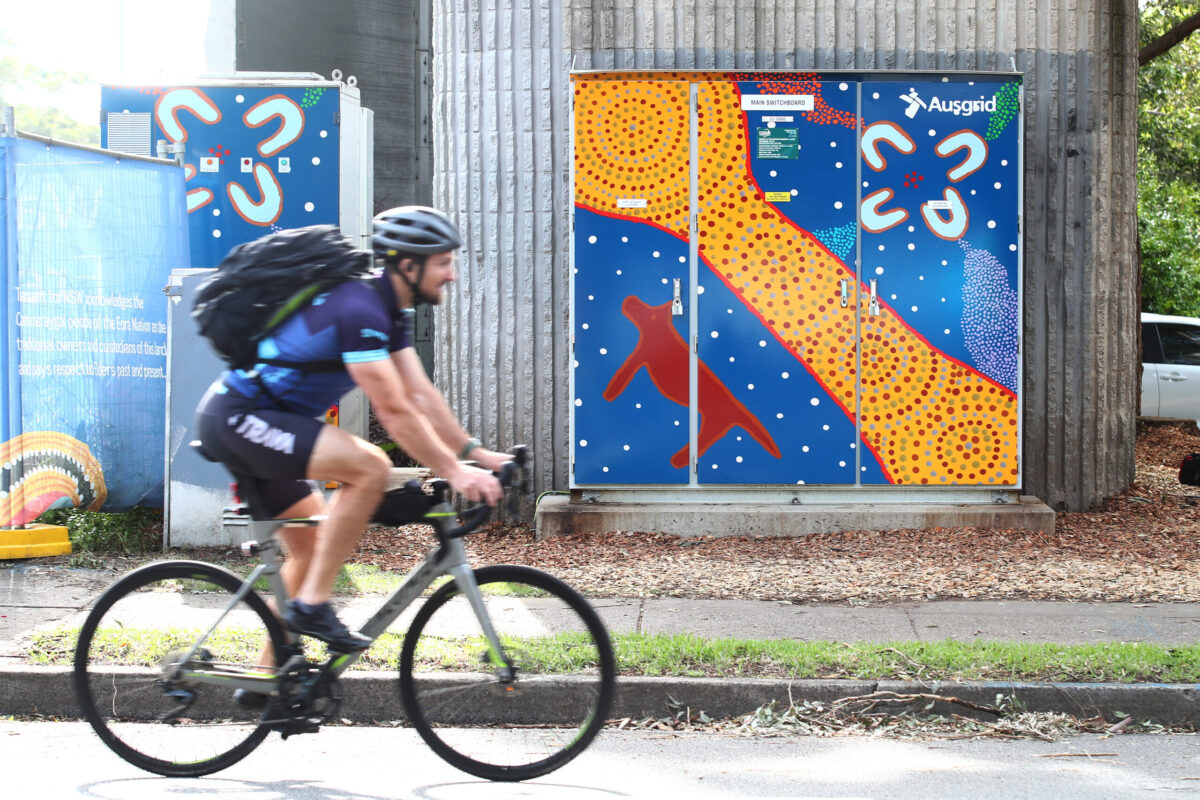


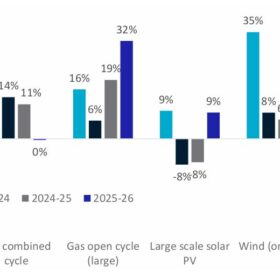
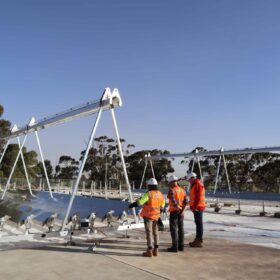
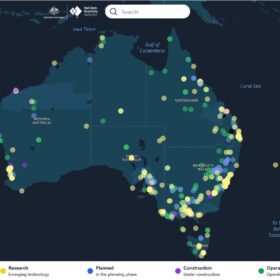
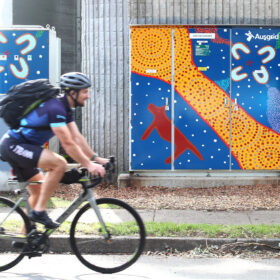
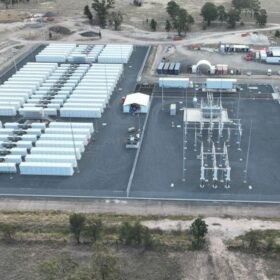
“The amendments to the State Environmental Planning Policy (Infrastructure) 2007 will allow larger-scale solar systems to be installed on homes and commercial buildings without council approval, enable utility providers to construct electricity storage as part of improvement works to transmission and distribution networks, and allow for large-scale battery storage systems to be built in permitted zones across NSW and not only in close proximity of solar and wind farms, as it was the case till now.”
Yes, yes, yes, construct utility scale energy storage systems along the grid, perhaps at nodes where the feeder(s) are undersized, but are still good to keep the energy storage facility charged. Bringing this technology into and at the edge of towns creating a micro-grid can also be used to island the town during large scale power outage events.
“Today, rooftop panels can produce far more electricity from a smaller area, making the capacity thresholds for exempt (10kW) and complying development (10kW – 100kW) obsolete. The upper limit also applied to systems above 100 kW in residential zones or installed by or on behalf of a public authority on any land.”
Depending on roof design, a ranch style home as opposed to the often broken roof design of the Mediterranean design. A 186 square meter ranch style home could well mount 93 square meters and right around 19kWp solar PV generation on this roof. Have an average of 5 sun hours a day? 19kW x 5 = 95kwh/day. For a 24 hour period 95kWh/24h = 3.96kW, having a large home energy storage system of right at 75kWh could power one’s home most of the time and use the utility as backup, if necessary.